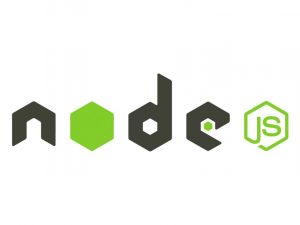In this tutorial, we’ll explore how to use Lodash, a popular utility library for JavaScript, with Node.js. Lodash provides a wide range of functions to simplify common programming tasks such as array manipulation, object iteration, and data transformation. We’ll cover the basics of installing Lodash, importing it into a Node.js project, and using its functions with practical examples.
Prerequisites
Before we begin, make sure you have Node.js installed on your machine. You can download and install Node.js from the official website: Node.js Downloads
Step 1: Create a Node.js Project
First, let’s create a new directory for our Node.js project and navigate into it using the terminal or command prompt:
mkdir node-lodash-tutorial
cd node-lodash-tutorialNext, initialize a new Node.js project by running the following command and following the prompts:
npm init -yThis command creates a package.json file with default values.
Step 2: Install Lodash
Now, let’s install Lodash as a dependency for our project. Lodash is available on npm (Node Package Manager), so we can install it using npm:
npm install lodashThis command installs Lodash and adds it as a dependency in the package.json file.
Step 3: Create a JavaScript File
Next, let’s create a JavaScript file where we’ll write our code using Lodash functions. Create a file named index.js in the project directory:
touch index.jsStep 4: Write Some Code
Open the index.js file in a text editor and let’s write some code to test Lodash functions. We’ll start by importing Lodash into our script:
const _ = require('lodash');Now, we can use any Lodash function by prefixing it with an underscore (_). Let’s write some example code to demonstrate a few commonly used Lodash functions:
Step 5: Run the Script
Save the index.js file, and let’s run our script to see the output:
node index.jsYou should see the output of the code demonstrating the usage of Lodash functions.
Conclusion
In this tutorial, you learned how to get started with Lodash in a Node.js project. We covered the steps to install Lodash, import it into a JavaScript file, and use its functions with practical examples. Lodash offers a wide range of utility functions that can significantly simplify common programming tasks in JavaScript and Node.js applications.
Now that you’re familiar with the basics of Lodash, feel free to explore its documentation and experiment with more functions to enhance your Node.js projects!


